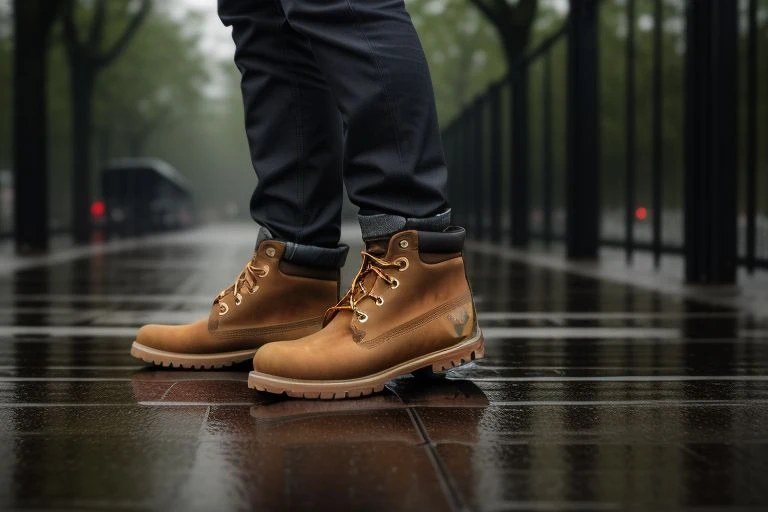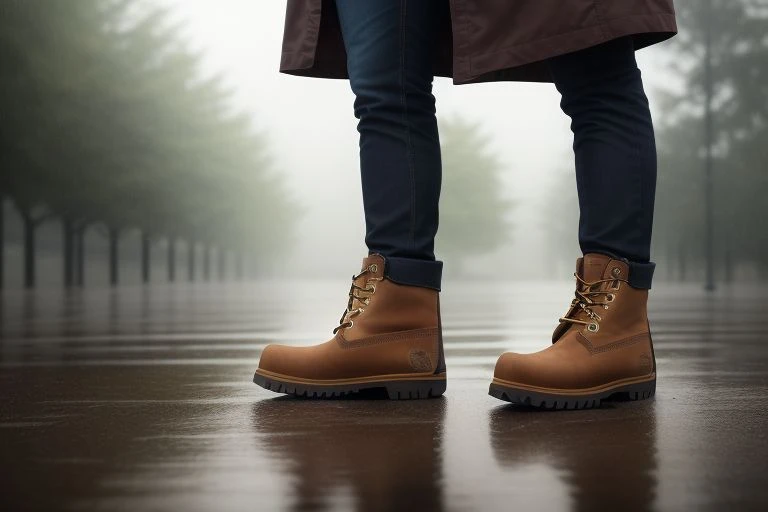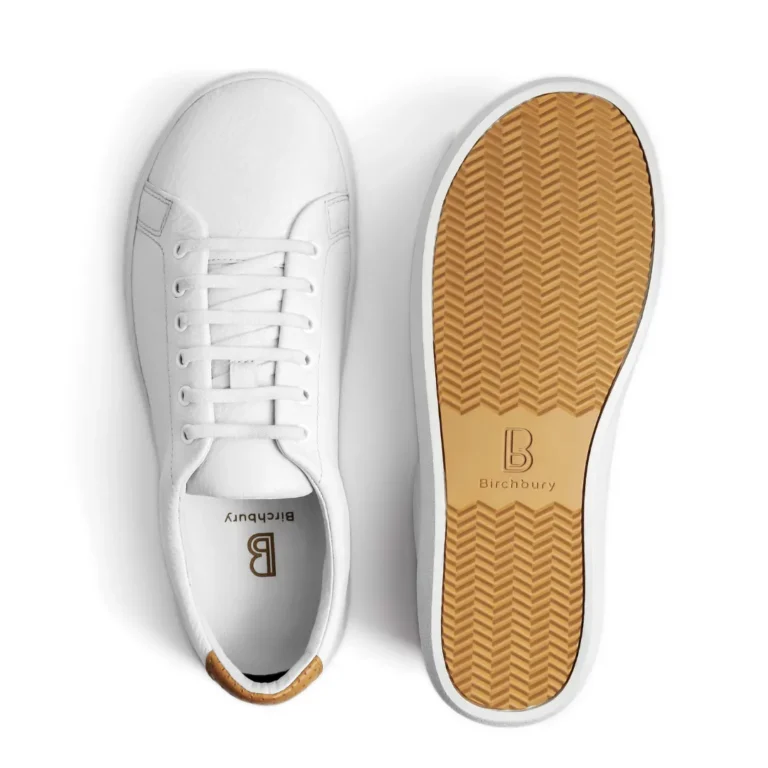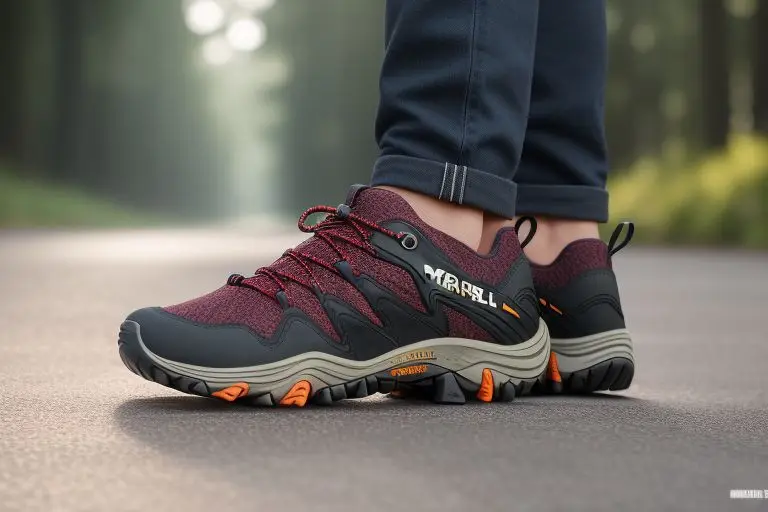Can You Wear Timberlands in the Rain?
Can You Wear Timberlands in the Rain? – As temperatures cool and leaves fall, it’s time to think about weatherproofing your footwear. One of the most common questions is whether they can wear their beloved Timberlands in wet weather.
In this blog post, we’ll explore this query in detail, offering insights into what makes boots water-resistant, tips for protecting your Timberlands, and alternatives for those heavy rain days.
Table of Contents
Can You Wear Timberlands in the Rain?

Absolutely, Timberlands are designed to be worn in wet weather. With their origins over four decades ago, the iconic Timberland Yellow Boot was made with the goal of withstanding the elements, and that durability holds true today.
Most Timberland boots are constructed with high-quality waterproof leather and undergo a seam-sealing process, ensuring the highest level of water resistance.
However, it’s crucial to understand that not every Timberland boot is fully waterproof. Some are merely water-resistant or water-repellent, and these variations require different care methods.
So, before you step out in the rain with your Timberlands, check the product details and care instructions to know what your specific pair can handle.
The Importance of Understanding Your Timberlands

Every pair of Timberlands has its unique characteristics and capabilities. The spectrum of weather protection varies, from full waterproofing to water-resistant or water-repellant.
Knowing precisely what your specific pair is capable of is a significant factor in enhancing their longevity and getting the most from your boots. This knowledge will also help you match your boots to the environments and weather conditions they are intended for.
Remember, always read the product details and care instructions with your boots. This information is crucial to guide you on cleaning and maintaining your Timberlands to uphold their water resistance, overall quality, and longevity.
Never assume that all Timberlands share the same weather resistance features – your unique pair’s capabilities depend on their specific design, materials, and construction. Be well-informed about your boots to maximize their performance and prolong their lifespan.
What Makes a Boot Water-Resistant?
The primary factor in determining a boot’s water resistance lies in the materials and techniques utilized in its construction. Leather and synthetic materials that are naturally resistant to water, as well as seam-sealing methods, are often employed in making a water-resistant boot.
Another key factor in enhancing water resistance is the application of water-repellent treatments, which create a protective barrier that repels water while maintaining the boot’s breathability.
However, it’s essential to note that even with these protective measures, no boot can achieve total waterproofness unless it is made entirely of rubber.
Water-resistance, rather than signifying total immunity from water penetration, indicates that the boot is designed to resist water ingress to a certain extent but not completely.
It’s also worth noting that a boot’s water-resistance can degrade over time due to wear and tear, necessitating regular care and maintenance.
Tips to Protect Your Timberlands in the Rain
To safeguard your Timberlands from the wet weather, consider using a water-proofing agent such as a spray or wax before you venture out. This treatment helps create a water-repelling barrier on your boots, enhancing their innate water resistance.
For those frequently wearing their boots in rainy conditions, reapplying the waterproofing agent every few weeks is advisable to maintain its effectiveness.
Avoid subjecting your Timberlands to unnecessary strain despite their water resistance by stepping in deep puddles or exposing them to prolonged wet conditions.
Although they are designed to handle some water exposure, extreme conditions can expedite wear and tear, impacting their overall durability and lifespan. Therefore, moderate use in wet weather will go a long way in keeping your Timberlands in prime condition.
Caring for Your Timberlands Post-Rain
When your Timberlands have been subjected to a rainy day, giving them proper care is vital to maintain their condition and durability. Start by wiping off any visible mud or dirt from the boots using a soft, dry cloth.
Do not use direct heat or a radiator to speed up the drying process; this can lead to the leather drying out, becoming brittle and possibly cracking over time. Instead, place your boots in a dry, well-ventilated area to allow them to naturally air-dry.
Consider stuffing your boots with newspaper or shoe trees to help them retain their shape while drying. The newspaper will also help absorb any excess moisture from within the boot. However, replace the newspaper frequently to prevent it from becoming a source of dampness itself.
Once thoroughly dry your boots, use a good-quality leather conditioner to nourish the leather and maintain its water resistance. The conditioner replenishes the oils in the leather, keeping it flexible and less prone to cracking.
Finally, if your boots were heavily soaked, you might want to reapply a waterproofing agent to reinforce their water resistance. This step is especially important if you frequently use your Timberlands in wet conditions. By following these post-rain care tips, you can keep your Timberlands looking and performing their best, rain or shine.
Alternatives for Heavy Rain
In situations where you might be facing a torrential downpour or storm, your Timberlands, despite their water-resistance, may not be the most suitable option. Rubber boots or wellingtons, which are designed to provide optimal water protection, can be a better choice for these more extreme weather conditions.
Footwear crafted with water-proof materials like neoprene or rubber are typically the go-to choice when dealing with heavy rain, deep puddles, or even flooding. These boots are often higher, coming up well past the ankle, which offers additional protection against water ingress.
While Timberlands can withstand damp conditions and light to moderate rain, it’s important to note that prolonged exposure to severe wet conditions can lead to quicker deterioration of the boots.
So, when the weather forecast predicts heavy rain, consider reserving your Timberlands and opting for something specifically designed to handle those conditions. This way, you not only keep your feet dry but also extend the life of your Timberlands.
Are Timberlands Good for Snow?
In certain snowy conditions, Timberlands can indeed be a viable footwear choice. Specifically, the insulated models of these boots are adept at keeping your feet warm and dry during snowy weather due to their water-resistant properties and substantial soles, which offer good traction on slippery surfaces.
Nonetheless, it’s crucial to note that Timberlands might not be the best choice when facing heavy snowfall or severe winter conditions, such as blizzards or icy terrains.
In such scenarios, opting for footwear designed explicitly for harsh winter conditions, such as snow boots with added insulation and higher water resistance might be more practical.
Despite Timberlands’ robust construction and weather-resistant features, remember that subjecting them to extreme weather conditions could accelerate the wear and tear process, potentially reducing their overall durability.
So, when anticipating heavy snow, consider alternative footwear options that are specifically built to handle such conditions, thus ensuring your Timberlands continue to serve you well in milder winter weather.
Ensuring the Longevity of Your Timberlands
The longevity of your Timberlands is largely in your hands. Through mindful use and routine maintenance, you can preserve their quality of life and extend their life. Keeping them clean is essential.
Accumulated dirt and debris can tarnish their look and compromise their water resistance. Regularly remove dirt and grime using a soft, dry cloth. The leather of your Timberlands benefits greatly from regular conditioning.
It helps replenish essential oils in the leather, keeping it supple and less prone to cracks. Avoiding severe weather when feasible will also help. While Timberlands can withstand light to moderate rain, exposure to extreme conditions can wear them out more quickly.
Opt for boots specifically designed for heavy rain or deep snow during severe weather to avoid putting undue strain on your Timberlands. By following these guidelines, you can maximize the performance and longevity of your favorite boots.








